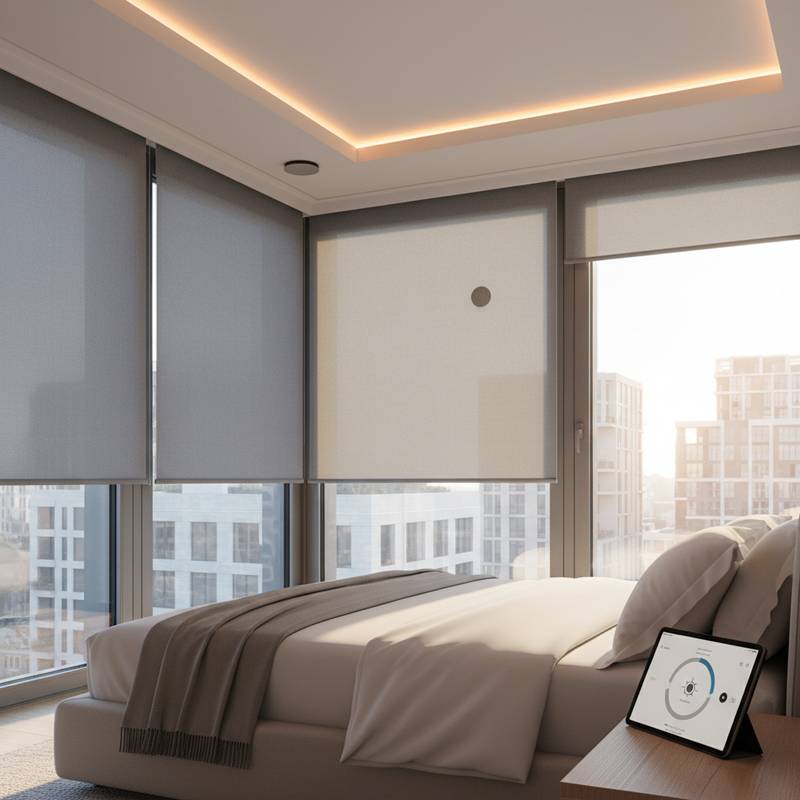Robot Vacuums Now Double as Moving Security Cameras
Robot vacuums evolve beyond cleaning duties to become vigilant smart home sentinels. Fitted with cameras, sensors, and artificial intelligence, they deliver live video feeds, motion alerts, and seamless integration with home automation. This fusion provides unmatched convenience, comprehensive coverage, and reassurance for contemporary living spaces.




















